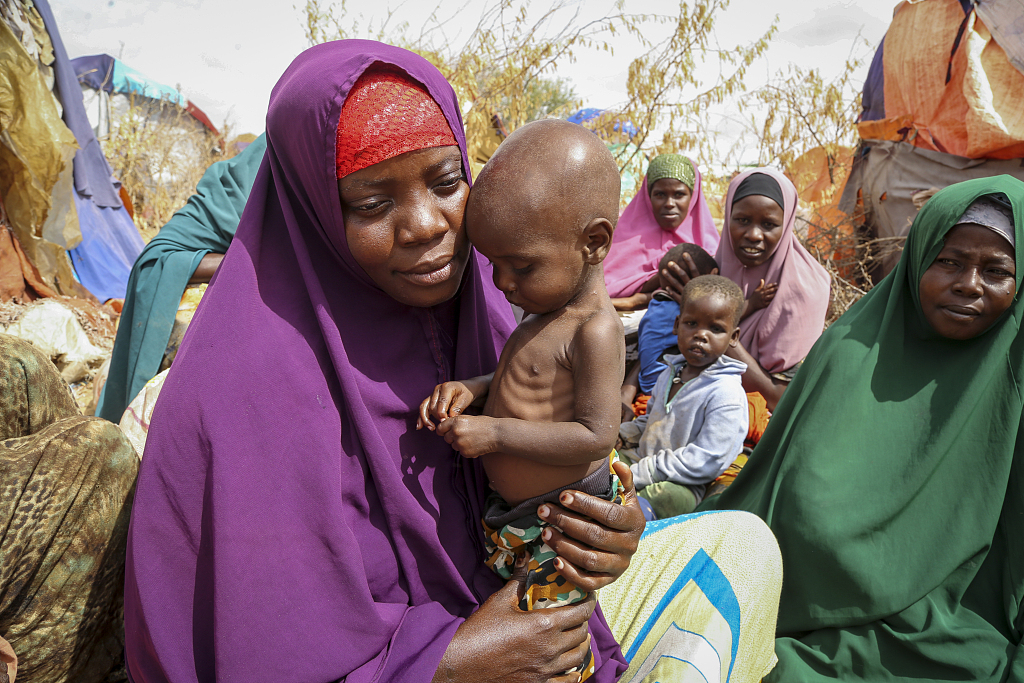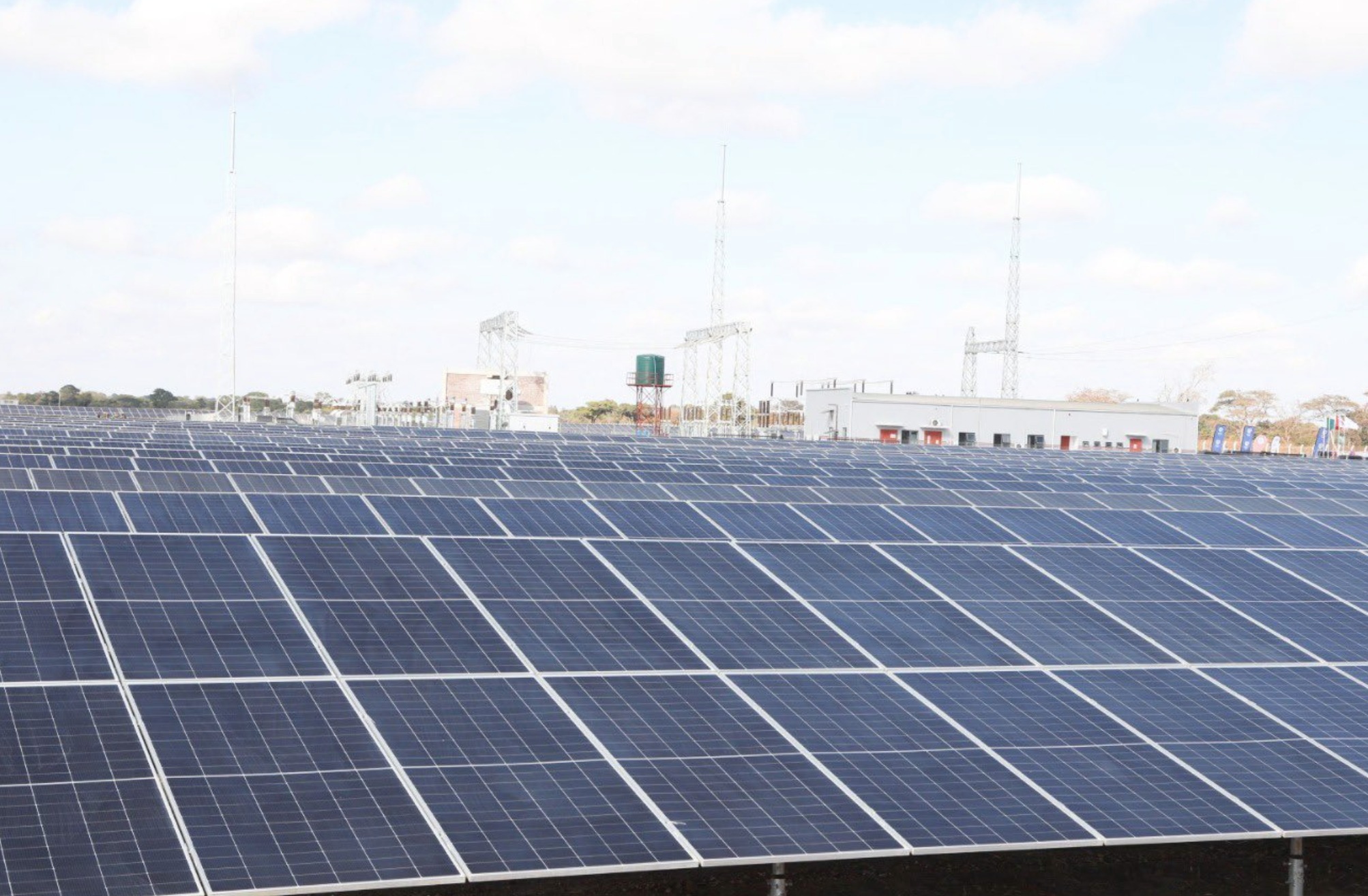
More than 58 million people face food insecurity in Greater Horn of Africa
At least 58.1 million people are acutely food insecure in the Greater Horn of Africa region, the Food and Agriculture Organization of the United Nations (FAO) and the Intergovernmental Authority on Development (IGAD) said in a joint report released on Tuesday.
“High levels of acute food insecurity persisted in various parts of the region following El Nino-induced heavy rains and flooding during the 2023 October-December rainfall season, particularly in the Horn of Africa, compounded by ongoing conflicts, widespread displacement, and long-standing macroeconomic challenges,” the institutions noted.
The bulk of those who are food insecure (23.4 million) are in DR Congo, followed by Sudan at 17.7 million and South Sudan at 4 million.
“The food crisis in Sudan worsened as armed conflict spilled over to new areas, including the south-east states, interrupting agricultural activities, such as main season harvesting and winter wheat growing,” the institutions said.
They noted that besides the food crisis, the Greater Horn of Africa region is grappling with multiple disease outbreaks, among them cholera, malaria, dengue and measles.
The European Union said Tuesday it has provided an initial 185.6 million U.S. dollars to address humanitarian needs in the Greater Horn of Africa region.
“People in the Horn of Africa are facing mounting humanitarian needs as the region is plagued by multiple conflicts, climate extremes and economic shocks. Around 65 million are estimated to be in immediate need of assistance,” the EU said in a statement.
The Horn of Africa is expected to experience heavy rains between March and May, the latest forecast by IGAD’s Climate Prediction Center shows, meaning the food crisis may continue in some countries due to flooding.
According to the United Nations Office for the Coordination of Humanitarian Affairs, at least 479 people were killed, and more than 5.2 million people were affected by El Nino-induced floods between October and December 2023 in Kenya, Somalia, Uganda, Burundi and Ethiopia.






